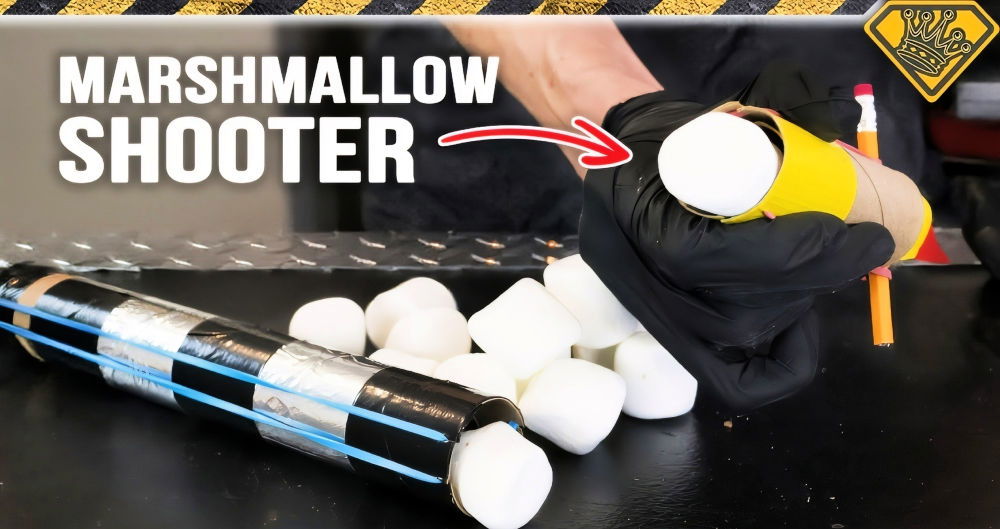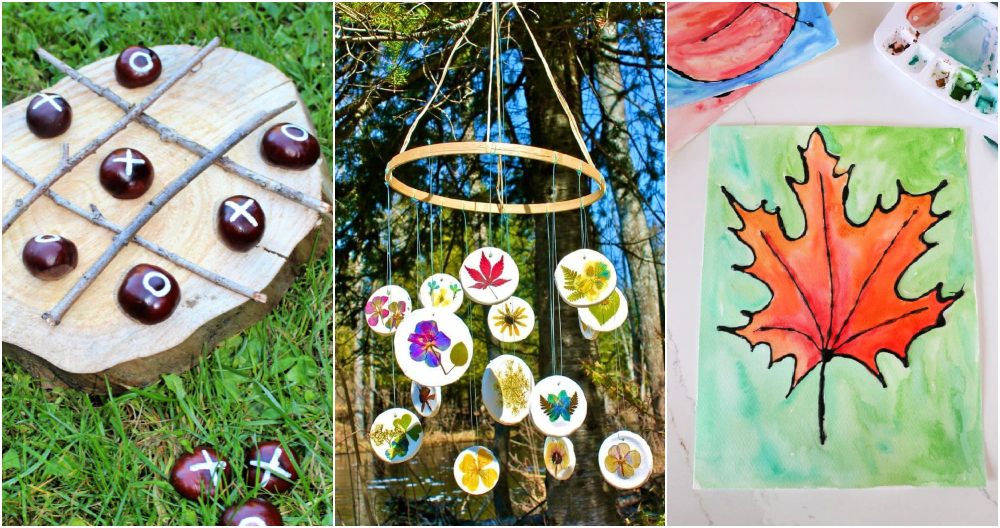Making a DIY ant farm is an enjoyable and informative project for kids. By making an ant farm, children learn about the fascinating behaviors of ants while engaging in a hands-on activity. Building an ant farm at home can spark curiosity and teach kids about responsibility as they care for their ant colonies. Plus, it provides a wonderful opportunity to explore scientific concepts in a fun and interactive way.
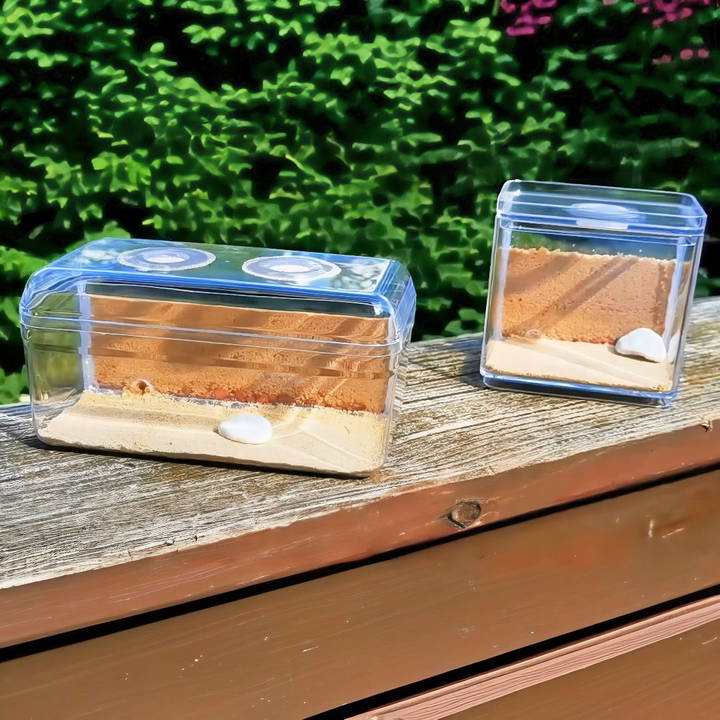
Starting on this project is straightforward. You'll need a few basic materials like a glass container, some soil, and, of course, ants. Step-by-step instructions ensure you can set up your ant farm with ease. This guide will help you understand how to gather materials, make the perfect habitat, and maintain your new ant farm.
Ready to explore this project further? Let's dive into the details in the next section.
Materials Needed
Before we discuss the instructions, let's consider the materials you'll need and why they are necessary.
Ant Farm Container
This could be a jar, plastic bottle, fish tank, or a picture frame.
- Why: The container serves as the ants' new habitat. The choice of the container will determine how visible the tunnels will be and how easy it will be to observe the ants.
Soil or Sand
This will be the ants' substrate.
- Why: Ants need a medium to dig through and make their tunnels. Soil and sand are perfect for this.
Ants
You can use worker ants or get a queen ant for a full colony experience.
- Why: Ants are the main inhabitants of your ant farm. Worker ants will function, but a queen can produce offspring and make the farm self-sustaining.
Food and Water
Small pieces of fruits, sugar water, or special ant food.
- Why: Ants need food and water to survive. Proper nutrition will keep them active and healthy.
Cover and Ventilation Materials
A piece of cloth, gauze, or fine mesh.
- Why: To cover the top of your container to prevent ants from escaping while still allowing air to circulate.
Step by Step Instructions
Learn how to make an ant farm with step-by-step instructions. From choosing a container to maintaining your farm, get expert tips for success.
Step 1: Choosing Your Container
First, decide on the container for your ant farm. I personally used a clear plastic bottle because it provides a simple and clear view of the tunnels. However, you can use a jar, a fish tank, or even build a DIY ant farm picture frame.
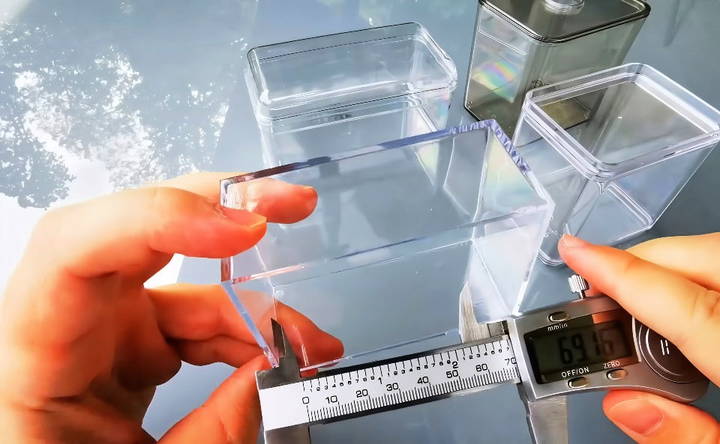
Step 2: Preparing the Substrate
Fill your chosen container with soil or sand. Here's a quick guide on how I did it:
- For a Jar or Plastic Bottle: I filled it about three-quarters full with soil.
- For a Fish Tank: I added a few inches of soil at the bottom.
Ensure the soil is slightly damp but not soaking wet. Moisture is crucial for the ants to dig tunnels and stay hydrated.
Step 3: Adding the Ants
Now, the exciting part – adding the ants! You have two main options:
- With a Queen Ant: If you have a queen, place her gently in the container. She'll start laying eggs, and you'll soon have a thriving colony.
- Without a Queen: Even without a queen, you can start with worker ants. They will still build tunnels and perform their tasks.
I ordered my ants online, which ensured they arrived safely and were ready to start working immediately.
Step 4: Making a Ventilation System
To prevent your ants from escaping and to provide them with fresh air, cover the top of the container with a piece of cloth, gauze, or fine mesh. Secure it with a rubber band. This way, the ants get the air they need and you can still feed them easily.
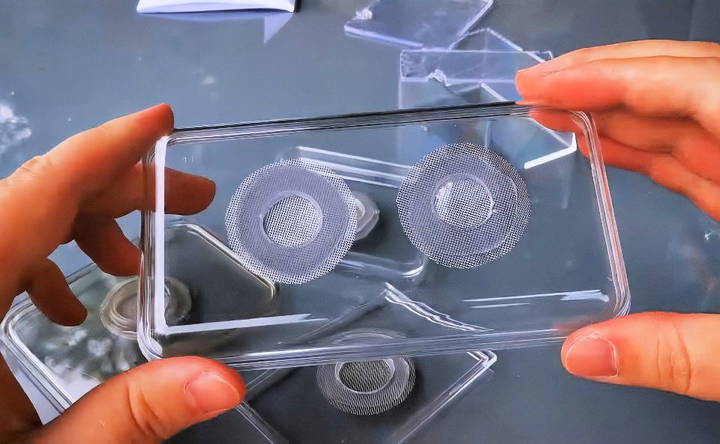
Step 5: Feeding Your Ants
Your ants will need a steady supply of food and water. Here's how to keep them happy:
- Food: I provided my ants with small pieces of apple, a drop of honey, and sometimes specialized ant food. Change the food every few days to prevent mold.
- Water: A small cotton ball soaked in water placed in the container works well. Ensure it's always damp.
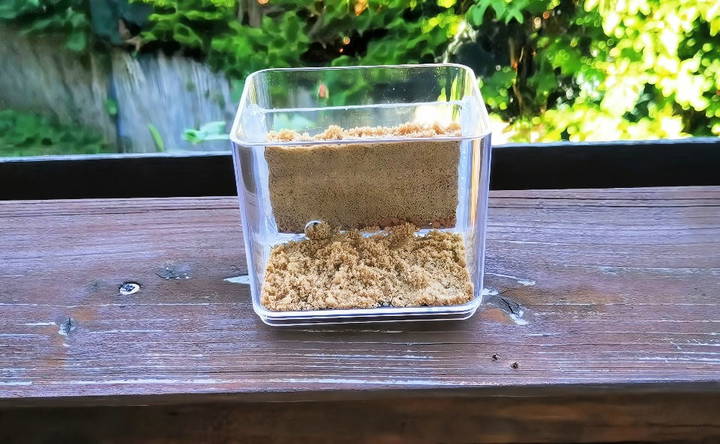
Step 6: Observing and Maintaining the Farm
Now you can sit back and watch your ants as they go about their business. Here are a few tips based on my experience:
- Moderate Light: Ants prefer dim lighting. Cover the container with a cloth and only uncover it when you want to observe.
- Avoid Vibrations: Keep the ant farm in a place where it won't be disturbed by constant movement or vibrations.
- Regular Cleaning: Remove any leftover food before it starts to mold, and periodically replace the water source.
Optional: Building a Gel Ant Farm
For those who want a modern twist, consider building a DIY gel ant farm. Gel provides both a medium for tunnels and food for the ants, so you won't need to feed them separately. Here's a brief guide:
- Gel Kit: Purchase a gel ant farm kit or make your own using non-toxic gel.
- Add Ants: Follow the same process as adding ants to a soil-based farm.
- Observe: Enjoy the clear view of the ants and their tunnels without the need for frequent feeding.
Advanced Ant Farming Techniques
Ant farming has come a long way, from simple hobbyist setups to sophisticated ecosystems that mimic the natural habitats of ants. Advanced ant farming techniques can enhance the health and productivity of your ant colony. Here's how you can apply these methods to your ant farm:
Automated Humidity Control Systems
Maintaining the right humidity is crucial for an ant colony's survival. Automated systems can regulate moisture levels within the formicarium, ensuring a stable environment for your ants. These systems use sensors to monitor humidity and make adjustments as needed.
Advanced Feeding Formulas
Just like humans, ants require a balanced diet. Advanced feeding formulas provide a mix of proteins, sugars, and fats, tailored to the specific needs of different ant species. This can include a variety of foods like specially formulated and jellies, insect protein, and sugar water.
Enhanced Observation Tools
Observation is key to understanding and enjoying your ant farm. High-quality magnifying glasses or microscopes can allow you to watch your ants up close, revealing fascinating behaviors and interactions. Some enthusiasts even set up cameras to record and share their colony's activities.
Environmental Simulation Technologies
To truly thrive, ants need an environment that simulates their natural habitat. This includes temperature gradients, light cycles, and even seasonal changes. Modern formicariums can include heating elements, LED lighting, and other technologies to make a more naturalistic setting for your ants.
Mobile Apps for Colony Management
Mobile apps can help you keep track of your colony's growth, feeding schedules, and maintenance tasks. These apps often feature reminders, tips, and a community platform where you can connect with other ant keepers and share insights.
Use advanced techniques to support a thriving ant ecosystem. Observe, adapt, and respect these creatures for successful ant farming.
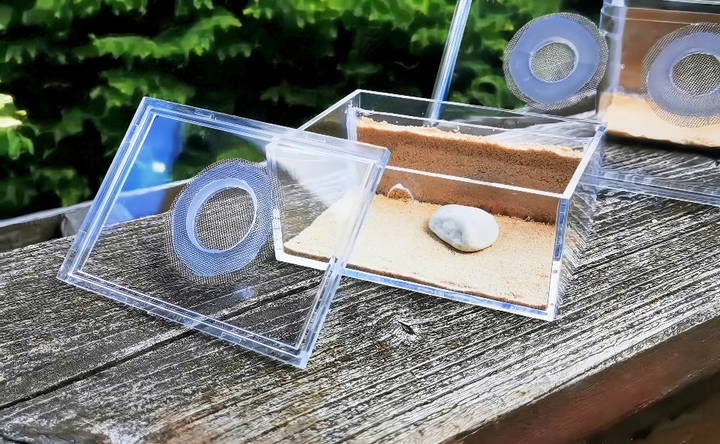
Ant Farm Troubleshooting
Making a thriving ant farm can be a rewarding experience, but sometimes you might encounter challenges. Here's a straightforward guide to troubleshooting common issues with your ant farm, ensuring your tiny inhabitants stay healthy and active.
Ants Aren't Digging
If your ants aren't digging, they might not feel at home yet. Give them a few days to acclimate. If they still don't dig, check the moisture of the soil; it should be damp, not wet or dry. Adjust as necessary.
Mold Growth
Mold can occur if there's too much moisture and not enough ventilation. Remove any moldy substrate and improve airflow. Also, ensure you're not overfeeding, as leftover food can mold.
Ants Are Escaping
Ants are escape artists. To keep them in, ensure the lid fits snugly. You can also apply a barrier like petroleum jelly along the edges inside the top of the farm.
Ants Seem Lethargic or Dying
If ants are not active, it might be too cold. Ants need warmth to thrive, so consider placing the farm in a warmer spot, but away from direct sunlight. Also, verify they have access to food and water.
Ants Aren't Eating
Ants may refuse food if they're not hungry or don't like what's offered. Try different foods like small bits of fruit, vegetables, or protein sources like boiled egg or cooked meat.
Ant Colony Isn't Growing
If the colony isn't growing, it could be due to the absence of a queen ant. Worker ants can't reproduce. If you want a growing colony, you'll need to start with a queen.
Ants Are Fighting
Ants from different colonies will fight. Make sure all ants in your farm come from the same colony. If fighting persists, they may be stressed; check the farm's conditions.
By addressing these common issues, you can maintain a healthy and fascinating ant farm. If problems persist, seek advice from experienced and farmers in online communities or forums.
FAQs About How to Make an Ant Farm
Discover answers to faqs about how to make an ant farm. Your ultimate guide to making and maintaining a thriving ant colony.
You can collect ants from an anthill in your yard or nearby area. Look for a small mound of dirt with an entrance hole at the top. Gently collect the ants and some of the surrounding soil, which will contain the scent trails and pheromones familiar to the ants.
Ants are omnivores and will eat a variety of foods. You can feed them small bits of fruits, vegetables, breadcrumbs, or honey. Place the food on a small piece of paper or foil to make it easy to remove any uneaten portions. Remember to also provide a source of water, like a damp cotton ball or sponge.
Keep the ant farm in a location with stable temperature and out of direct sunlight. Watch for mold growth and remove any moldy food promptly. If the soil becomes too dry, you can mist it lightly with water. Be patient and observe your ants; it’s fascinating to watch them work and build their colony.
To maintain a healthy ant colony, it’s important to monitor the temperature and humidity levels inside the farm. Ants thrive in conditions that mimic their natural habitat. Use a thermometer and hygrometer to check these conditions regularly. If the environment is too dry, add moisture with a water spray. If it’s too humid, increase ventilation or reduce watering.
Avoid exposing your ant farm to direct sunlight, which can overheat and harm your ants. Also, refrain from using pesticides or chemicals near the ant farm, as these can be toxic to the ants. It's crucial not to disturb the ants too frequently, as this can stress them and disrupt their natural behaviors.
Conclusion
Making a DIY ant farm is a rewarding and fun activity that provides endless hours of learning and entertainment. By following these simple steps and using readily available materials, you can make a thriving ant colony right in your home. Whether you use a jar, a plastic bottle, or a fish tank, watching these tiny creatures work together is an experience you'll enjoy and cherish. Keep your ant farm well-maintained, and you'll have an ongoing natural wonder to observe and learn from.




